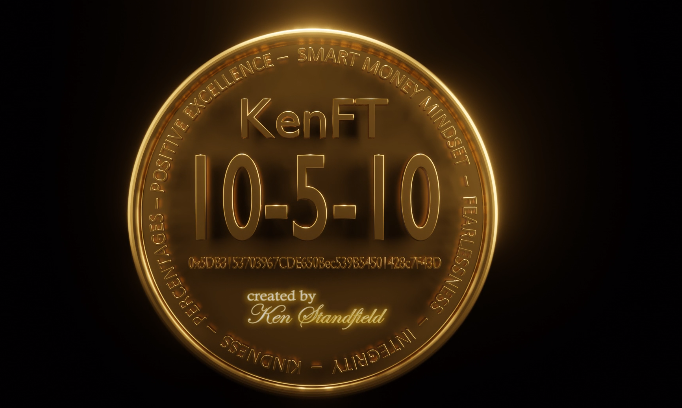Key information:
-
Using Ethereum to send stablecoins can value the equal of extra than two {dollars} in charges.
-
There are a number of low-cost alternate options to sending these kind of tokens.
Stablecoins or secure cryptocurrencies are alternate options that are more and more utilized by folks from completely different components of the world. In nations like Argentina or Venezuela, they characterize an escape route from the devaluation of nationwide currencies, whereas elsewhere they assist entry decentralized finance (DeFi) providers, amongst different benefits.
However, the charges of the networks the place stablecoins are issued could be an impediment. This is particularly the case for retail customers, who use these cryptocurrencies for funds with low quantities. It will not be worthwhile, for instance, to pay $5 charges in ether (ETH) to send a fee of 10 USDT (Tether) in Ethereum.
Faced with this downside for therefore many customers, Other networks emerged with compatibility comparable to Ethereum, which makes them helpful in DeFi protocols, however cheaper to transact. Some of probably the most used on this planet of stablecoins are Tron, BNB Chain, Arbitrum and a number of other others that we are going to point out beneath.
The networks through which stablecoins are most used
Despite this sensible issue in its use, stablecoins discover their most well-liked habitat in Ethereum. In different phrases, 51% of the stablecoins issued had been created on that community, with an equal of USD 65,478 million backing these stablecoins.
The cause for Ethereum’s management on this space is its privileged place on this planet of DeFi protocols. As it was advised, stablecoins are superb cryptocurrencies for investing and borrowing in these protocols, which make the most of the excessive programmability of Ethereum. This community accounts for 65% of the DeFi protocols, which whole extra than 950 alternate options.
However, CriptoNoticias reported a couple of days in the past how Tron has gained territory on this space. Its low working prices have to do with this development, which has allowed it to host 40% of the whole issuance of stablecoins.
Other networks extensively used to commerce stablecoins are BNB Chain, Arbitrum, Solana, Polygon, Avalanche and Optimism. And what charges do you’ve got to pay to give you the option to perform transactions on these networks? At the time of penning this be aware, as of November 21, 2023, the prices are as follows:
- Ethereum: USD 7.95 or 0.00404566 ETH (knowledge from l2fees.information).
- BNBChain: USD 0.04 or 0.000104 BNB (ycharts.com and Metamask).
- Solarium: much less than one cent on the greenback or 0.000011 SOL (Solana Fee Tracker).
- Polygon: much less than one cent or 0.00154208 MATIC (Polygon Scan and Metamask).
- Avalanche: much less than one cent or 0.000034418 AVAX (Snow Trace).
In addition to these networks, all appropriate with the Ethereum digital machine and, subsequently, with decentralized finance protocols, additionally it is attainable to use second layers of Ethereum to send tokens. The two finest identified are Arbitrum and Optimism, with the next community charges:
Stablecoins in Bitcoin, one other various
Until this yr, fascinated by utilizing stablecoins was virtually all the time equal to having a pockets appropriate with Ethereum or the networks talked about within the earlier level. But now There are developments that search to facilitate these choices additionally within the Bitcoin community.
In October, CriptoNoticias reported on the activation of the Taproot Assets protocol, developed by Lightning Labs, which permits the issuance and switch of property in Bitcoin. Taproot Assets makes use of the Taproot replace, activated in November 2021, which permits extra advanced transactions in Bitcoin and provides rise to every kind of recent developments for the community.
Another various seems with the BRC-20 tokens of the Ordinals protocol. These are fungible (i.e. equivalent and interchangeable) tokens registered in Bitcoin based mostly on textual content entered within the Witness discipline of transactions. That is the strategy on which Ordinals relies to additionally create non-fungible tokens (NFT), and with which it has achieved important adoption in much less than a yr of existence.
Send stablecoins, past commissions
Of course, paying as little as attainable is essential when transferring cash. However, there are additionally different elements to take into account.
There is the case of Ethereum, a community that may be thought of costly for sending tokens of not so excessive values. Although costly, Ethereum has clear and basic benefits: it’s thought of a secure community to function and it has 855,000 validators, which speaks of its excessive decentralization. In addition, it has not had any related interruptions in its operation and, if commissions are paid in accordance with market situations, transactions are confirmed in seconds. Therefore, it’s a beneficial community to transfer giant quantities, whether or not in stablecoins or different sorts of tokens.
For transactions with smaller quantities, you need to use different networks of these talked about, which are additionally appropriate with many DeFi protocols. Of course, each has its disadvantages, whether or not or not it’s much less compatibility (like Tron, which has 26 DeFi protocols on its community); extra frequent falls (like Solana); or a excessive stage of centralization (the case of BNB Chain, with 55 validators making certain the operation of the community).












